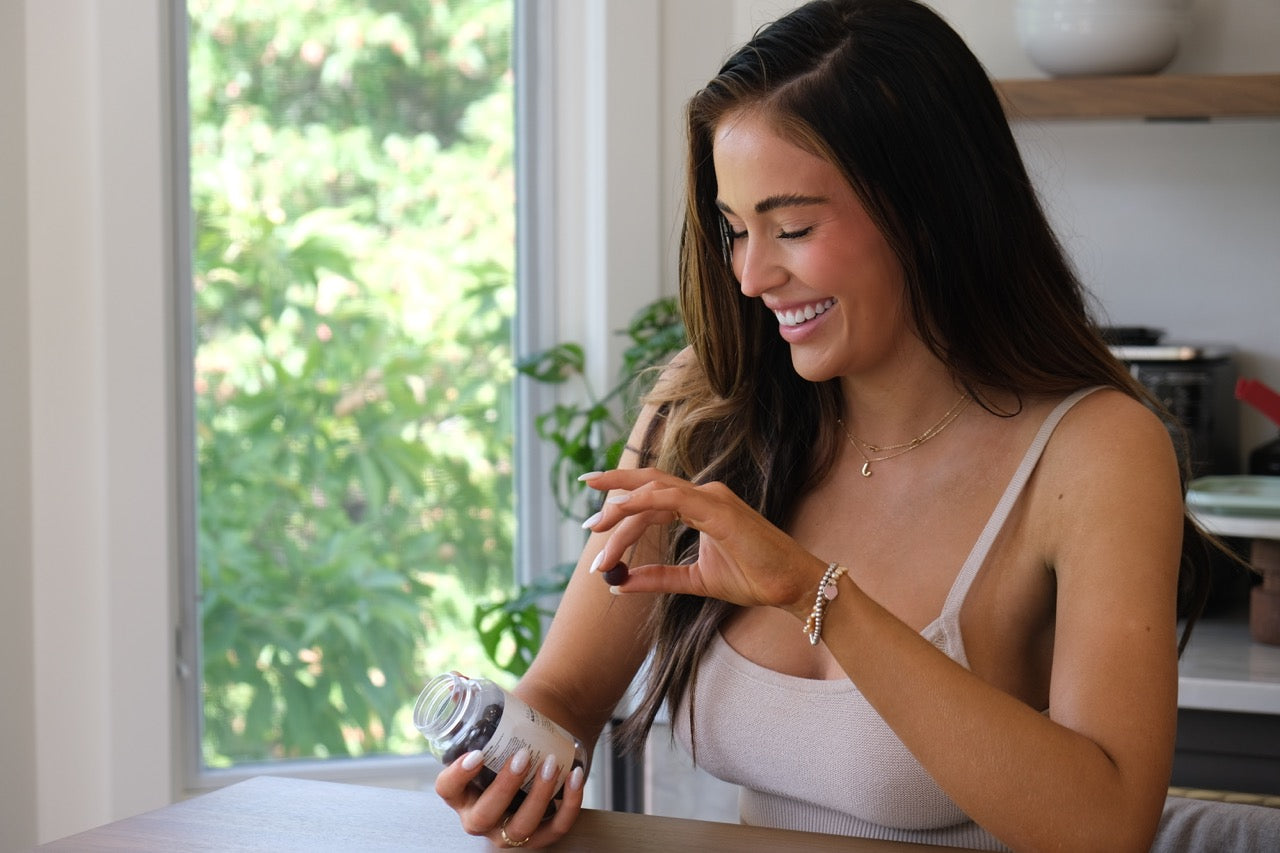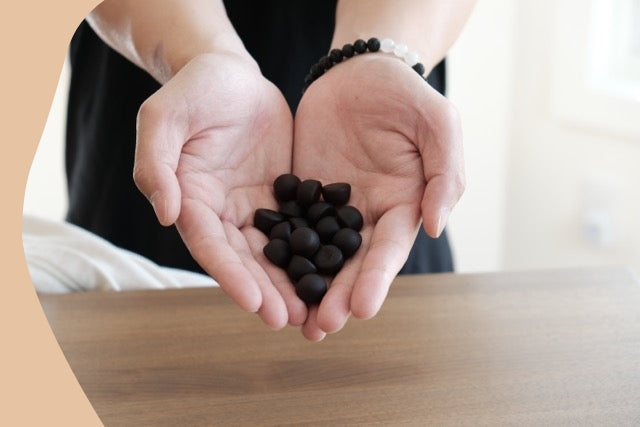
How to Start an Indoor Garden: Internal Growth
You don’t need a sprawling outdoor space to start a garden. You can create your very own indoor garden within the confines of your own house, apartment, or condo.
Imagine it - fresh herbs and veggies for your homemade meals and snacks. The good ol’ grocery store never quite beats it. Plus, you know the care and nurture that has gone into growing each plant. It adds a little something-something to each meal you create.
But Where Do You Start?
Perhaps you’ve already done the green onion and lettuce re-growing projects in the water. You’re now ready to level-up and graduate to an indoor veggie garden.
And hey, if you aren’t at the full-blown garden stage, start with growing green onions and lettuce. All you need to do is cut off the end and stick in water, then watch it grow (while refilling or replacing the water as needed).
How to Start Your Own Indoor Garden
Now, let’s get to it. What goes into starting an indoor garden? What should you know about growing vegetables indoors? We’ve got you covered every step of the way.
STEP 1: Plan It Out Before You Plant It Out
Jumping headfirst into creating an indoor garden doesn’t exactly cut it. In fact, this could be the start of your demise - or your plants for that matter.
Instead, plan it all out. You’ll want to consider a few things before setting it all up - or purchasing seeds, pots, etc.
Most plants need certain conditions, which you’ll want to know about. So if you plan on variety, do you due diligence and research each individual plant. While you won’t get exactly the same results as an outdoor garden, an indoor one is the next best thing!
At this stage in the game, plan each plant you want to grow. Herbs are an excellent place to start since they don’t require super deep soil (which is more accessible outside) and you can keep them in a pot or planter near some sunshine. Root vegetables might pose more of a space dilemma since they need quite a bit of soil and a big area to grow.
Herbs are also super easy to get your hands on. You can probably pick a few different ones up at your local supermarket or grocery stores, such as basil, mint, cilantro, rosemary, and more.
If you don’t have enough sunshine (which most of us don’t for a whole garden or for adequate nutrients for most herbs), consider investing in a lamp set-up of some sort.
Required Reading: 20 Healing Herbs You Need in Your Life
STEP 2: Ensure The Climate Is Right
Some leafy greens can withstand temperatures as low as 15 degrees. Yet, other herbs and plants may thrive at temperatures around 20 degrees celsius. When picking your plants, ensure you plan on keeping your indoor temperature at what they need.
In this stage in the game, you may want to also dive into some research on soil and fertilizer. Will you need special soil? Surprisingly, there are many different types of soil. You’ll also want to take into account how much room each plant will need to grow.
Some types of veggies require massive amounts of space for roots and growth.
STEP 3: Get Planting
Alright - the time is now. You’ve gathered your supplies. You’ve done your research and you have the plants and equipment you need.
Here’s how to lay down your indoor garden.
- Add one or two inches of soil into the container, making a nice and even layer.
- For herbs, simply sprinkle them across the surface of the soil and lightly cover them. For other plants, follow the directions or instructions from research as needed.
- Place your container on your trip tray.
- Place the whole lot in a sunny area of your home and then move onto step 4.
STEP 4: Don’t Forget About Watering!
Unlike the great outdoors, your indoor garden doesn’t exactly get mother nature’s all-natural showers. This means you have to make sure they get the proper watering - but at the same time, not too much.
For herbs and such, use a light mister to water them. This will give just the right amount of water your plants need. Aim to water them every couple of days.
On top of that, ensure your pots or containers have drainage holes or a nursery flat. You can even place stones on the trays beneath the containers to add some aesthetic appeal, as well as functionally keep the containers above the run-off water. When water builds-up here, make sure you remove and empty it to avoid a mess.
Then, Watch Your Indoor Garden Grow!
With proper care and time, your herbs or plants will flourish. It’s a wonderful experience to watch something you care for take root and come to life. The best part? When you can finally use your herbs or veggies in homemade meals and recipes.
Plus, gardening - even indoors - can be very meditative. It’s basically a form of self-care and most of us need a little more of that in our lives. So, do you! If you’ve been wondering if you should start that indoor veggie garden, the time is now. Gather your supplies and get gardening!








